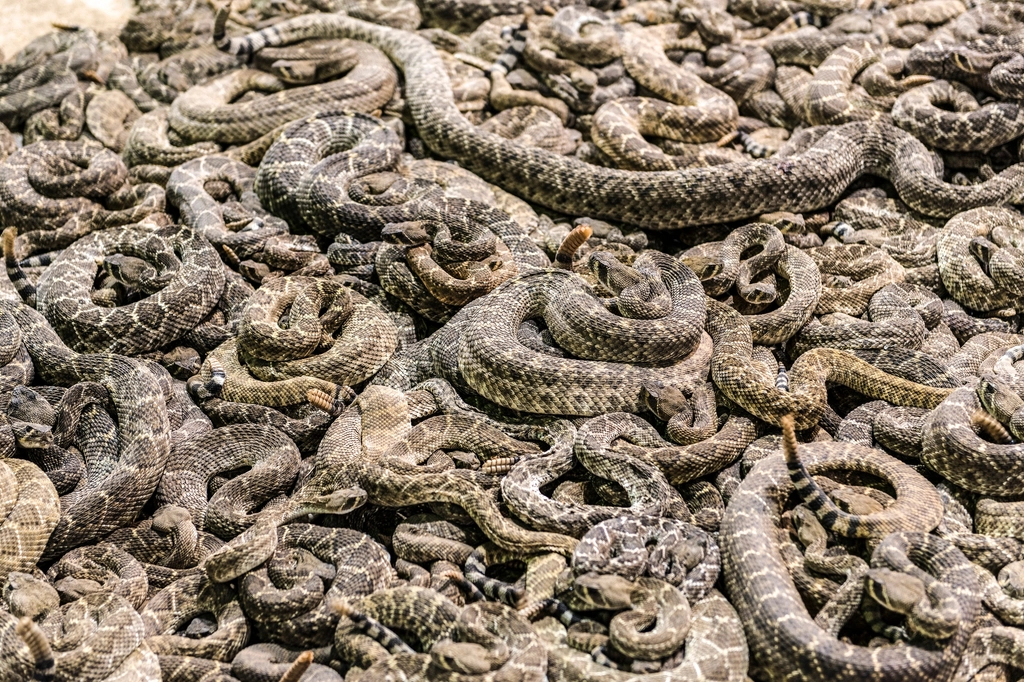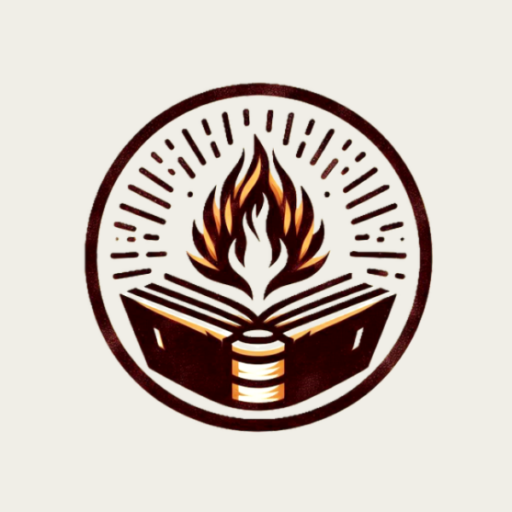
Burning Bush Blogs
Equipping Men with Biblical Knowledge and Leadership Skills
Category: Personal Study
Thread: Crazy Stories of the Bible
Post Topic: What’s with the snake in the wilderness?
Post in Thread: #3
Previous: Did a Donkey Just Talk?
Next: Insane King of Babylon
Scripture: Numbers 21:4-9
Key Verse:
Numbers 21:8
The Lord said to Moses, “Make a snake and put it up on a pole; anyone who is bitten can look at it and live.”
Observations
Context
- God’s people are back at Kadesh-Barnea eager to go into the Promised Land.
- This is where long ago 12 spies had entered Canaan for Moses. Ten of them had scared the people away with stories of giants in the land. (Numbers 13:32-33)
- Due to their unbelief, the Israelites have been wandering the Sinai Peninsula for 38 years.
- Now, the king of Edom won’t let them cross his land as a shortcut to Canaan.
- Therefore, Moses must take them southward around Edom on a different route.
The People’s Grumbling
- The impatient people accused Moses, and even God, of evil intent in taking them from Egypt – specifically, they spoke against God and Moses.
- We’re tired of the same food, there’s no bread, and no water!
- Why did you bring us out of Egypt to die in the wilderness?
- God had blessed them abundantly (Deuteronomy 8:22-9). Yet all they did was grumble.
- God sent his judgment – fiery snakes came from everywhere and bit them and many died.
Repentance and Solution
- The people came to Moses, admitting their sin.
- Moses prayed for mercy for them.
- God relented, but he didn’t simply take the snakes away.
- He told Moses to forge a bronze snake and hang it on a pole.
- When anyone was bitten, all they had to do was look at the serpent on the pole, and they’d be healed.
Interpretation
Author/Genre
Historical narrative written by Moses, the central figure in this story. He tells it in a matter-of-fact manner, but it had to affect him personally to hear the constant complaining about his leadership.
Setting
The rocky, desolate area of Kadesh, also known as the Desert of Zin, was close to Edom. It eventually defined the southern border of Judah.
Imagine
Joshua said what? Moses had hung a bronze serpent on a pole, and we’re supposed to gaze on it after the snakes bite to be healed? Has Moses finally gone mad? Or is it a sick joke to get back at us?
Of all things, why snakes? Why didn’t God just remove them, already? We’ve said we were sorry. Admitted our wrong. Yet still the serpents-
Another one! It’s eying little Kadesh. No time to shout. You lunge in front of the child. Fangs dig into your arm. You grab it by the head and rip it off, crushing its skull and tearing off a chunk of your own flesh. You were too slow – the venom will spread quickly.
The child screeches in terror. “Abba!”
You’ve prepared for this. You reach for the cords. If you hurry, you might be able to cut off the circulation and slow down the spread. But it’s awkward with one arm. A commotion outside sounds like a cheer. You hear Moses’ name called. He must have emerged. Suddenly the pain hits. You try not to topple over.
Only seconds to decide. A tourniquet. The practical option. Or trust Moses’ promise? Another snake…
“Open the flap,” you gasp at Kadesh. Tears streaming, he crawls to the entrance of the tent. Sunlight streams in.
Takeaways
- Moses loved his people, in spite of the grief they gave him. Again he interceded on their behalf, asking God to provide a solution.
- Why was God upset?
- Moses writes that the people spoke against God and Moses.
- It seems clear their hearts were in the wrong place.
- Why did God have Moses create the snake as a solution?
- The text doesn’t specifically say. Commentaries speculate that God wanted healing to be an act of faith. The people had to actually look on it.
- Correlation explains further. What do other verses say about the incident? See below 😎.
- The solution didn’t prevent pain from happening. The snakes would still bite.
- The bites would be scary and painful.
- Even though repentance and forgiveness had both happened, the consequences of the sin lingered.
Correlation
John 3:14-15 – The last thing Jesus said to Nicodemus before the famous John 3:16: “Just as Moses lifted up the snake in the wilderness, so the Son of Man must be lifted up, that everyone who believes may have eternal life in him.”
- The Pharisee Nicodemus sneaked through the Jerusalem night to talk to Jesus.
- Israel’s leaders were buzzing. This was no ordinary trouble-maker, according to the Sanhedrin.
- Nicodemus had to find out for himself.
- Jesus compared himself to the bronze snake.
- Like the snake, Jesus was to be lifted up. Instead of a pole, he’d be lifted on a cross (although Nicodemus would not have realized that’s what Jesus meant).
- For the Israelites, looking at the bronze snake lifted up on the pole was an act of the will, an act of faith, a choice. It brought life.
- For us, casting our eyes and our heart on Jesus, God’s only begotten Son, is an act of faith that brings life.
Application

Generic Applications
- The serpent on a pole is a symbol of healing to this day.
- Greeks and Romans used a snake on a pole as a symbol to worship Asclepios, their god of medicine. Do you think they’d heard of this story from the Hebrews and were influenced by it?
- Today on ambulances and in hospitals, a white snake on a field of blue is wrapped around a pole. Some say it came from the Greek symbol. Hard to say.
- Given that Jesus compared himself to the snake lifted up in the wilderness, we can see it as a symbol of spiritual healing too.
- This strange story, spanning only a few verses, encapsulates the gospel story. Sin, consequences, faith, repentance, forgiveness, and healing.
Personalize it
- Does God want us to bear our hearts to him when we are troubled?
- When does praying to God about our troubles cross the line into grumbling?
- In the sermon on the mount, Jesus said “Ask and you shall receive.” In the Psalms, David and other poets often complain about their trials. What separates them from the Israelites in this story?
- When I bring my troubles to God, is my heart humble or haughty?
Bible study methodology adapted from Searching the Scriptures with permission from Tyndale House:
Swindoll, Charles, Searching the Scriptures. Tyndale House Publishers, 2016.


2 responses to “Crazy Stories of the Bible – Snake on a Pole
What’s with the snakes in the wilderness?
”[…] Next: Snake on a Pole […]
[…] Previous: Snake on a Pole […]